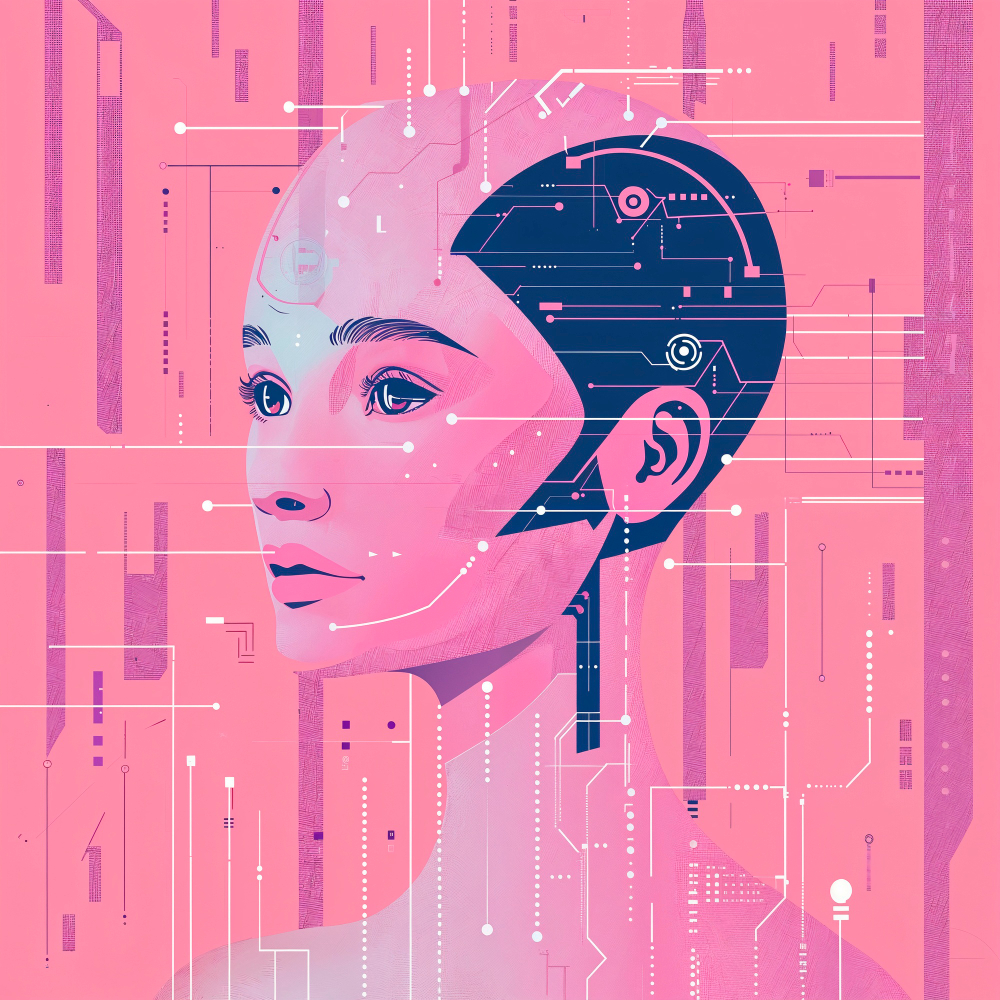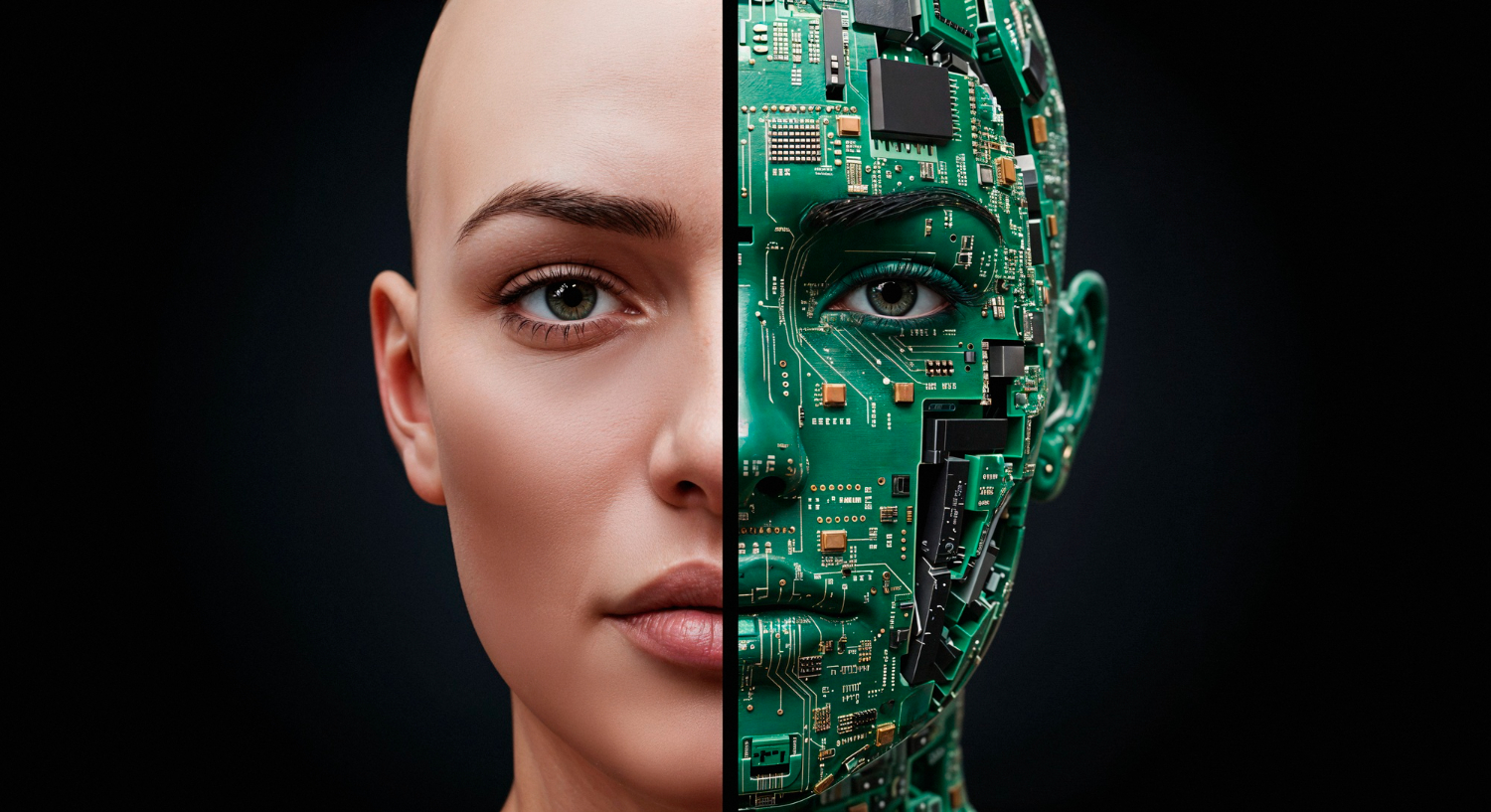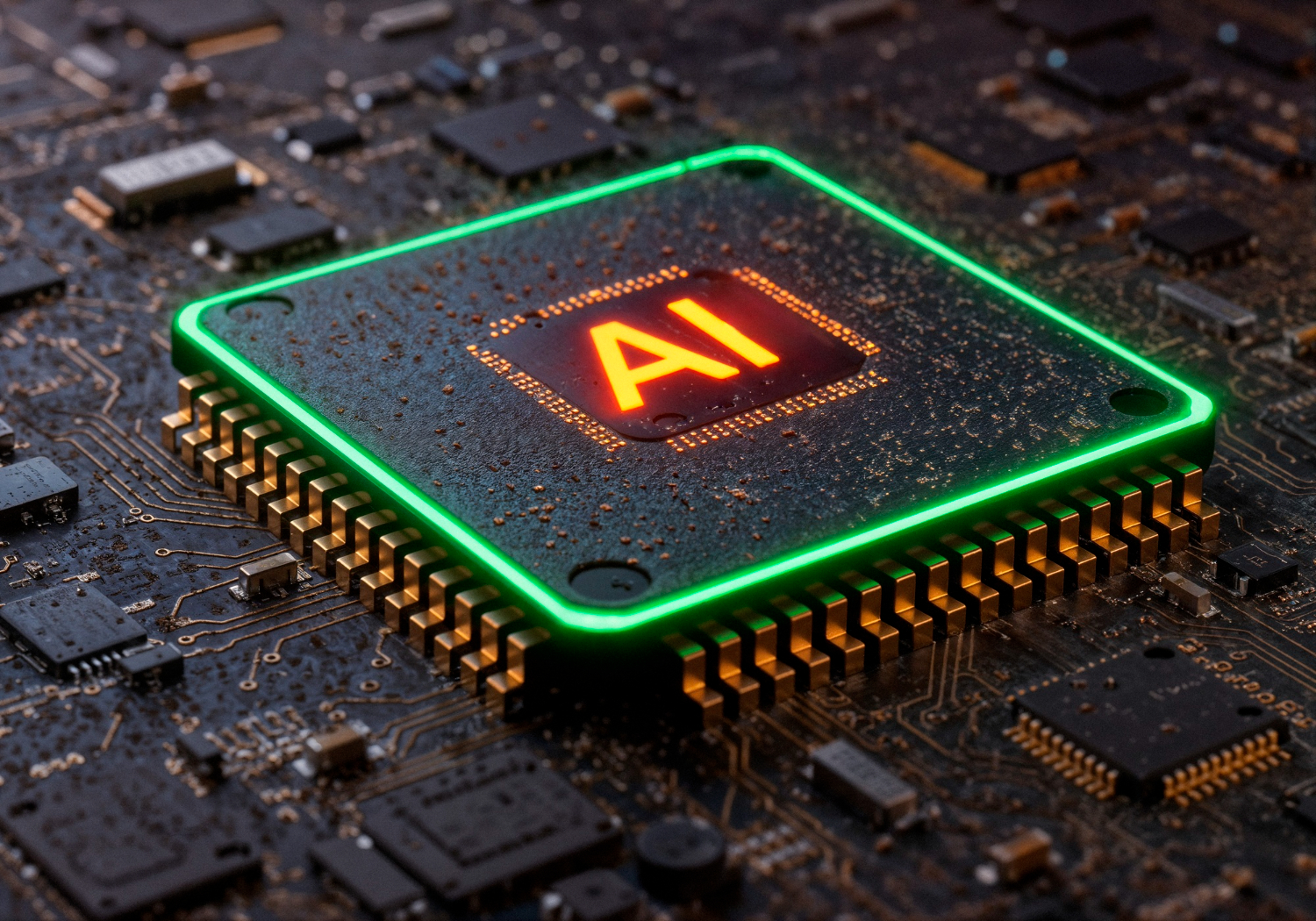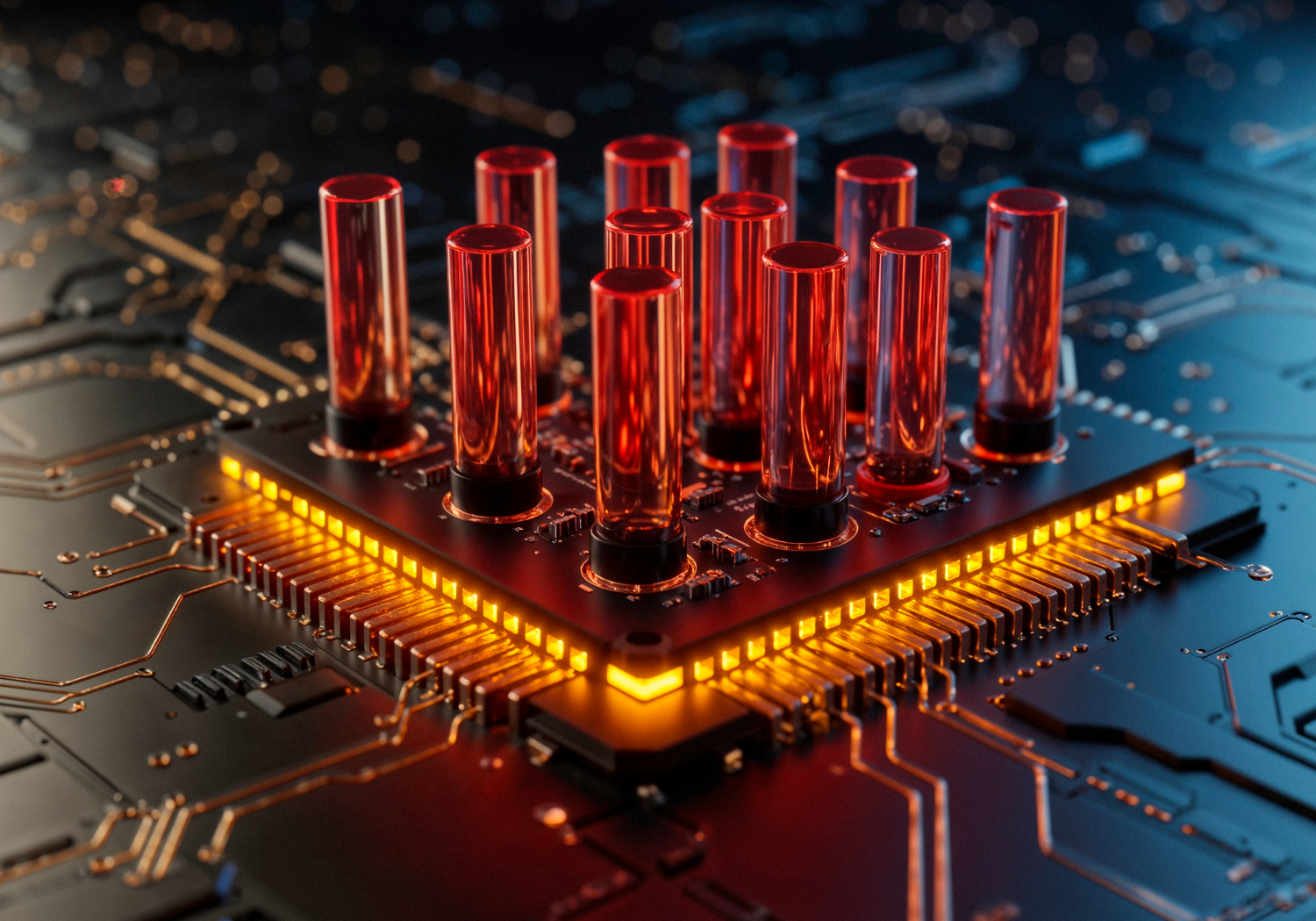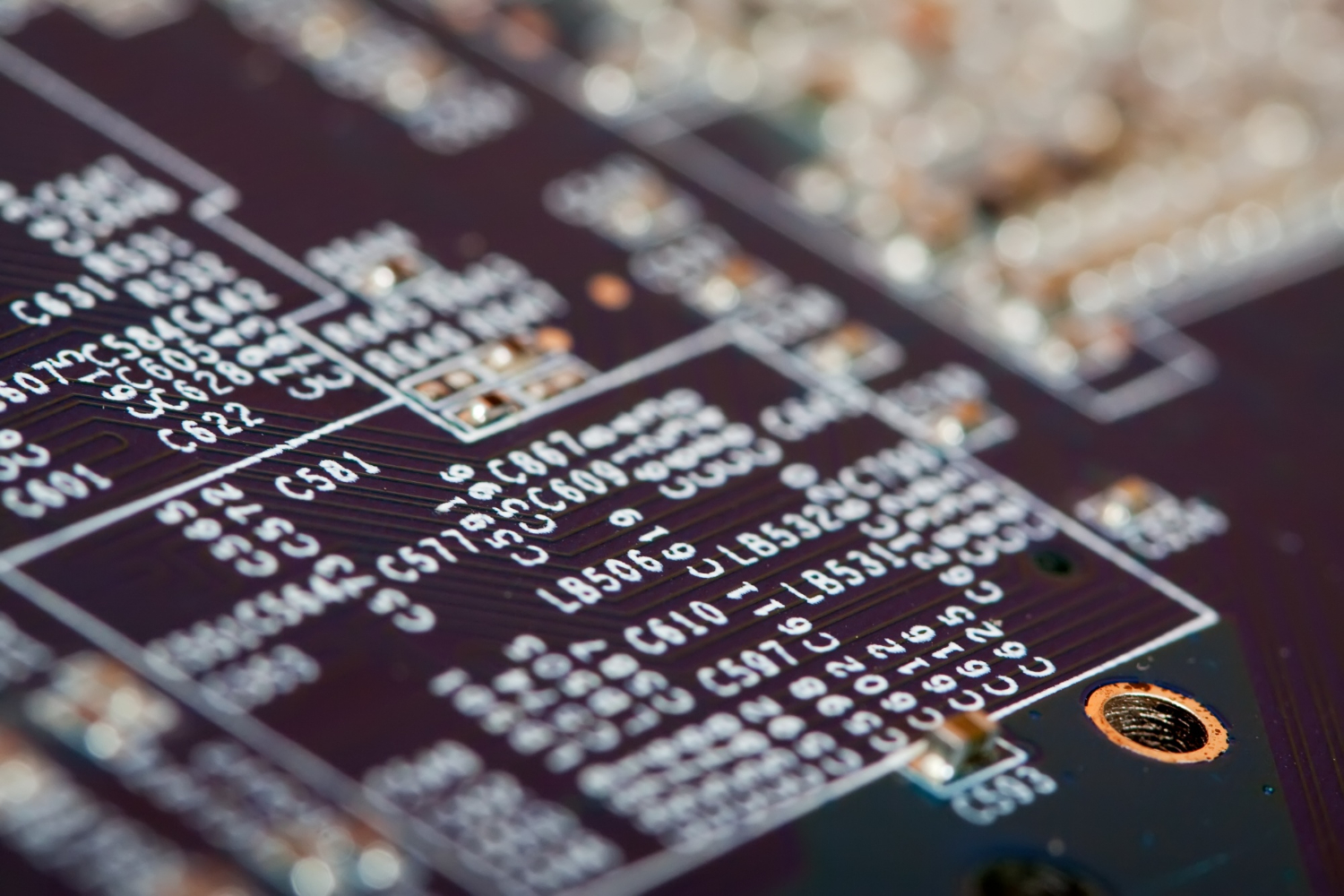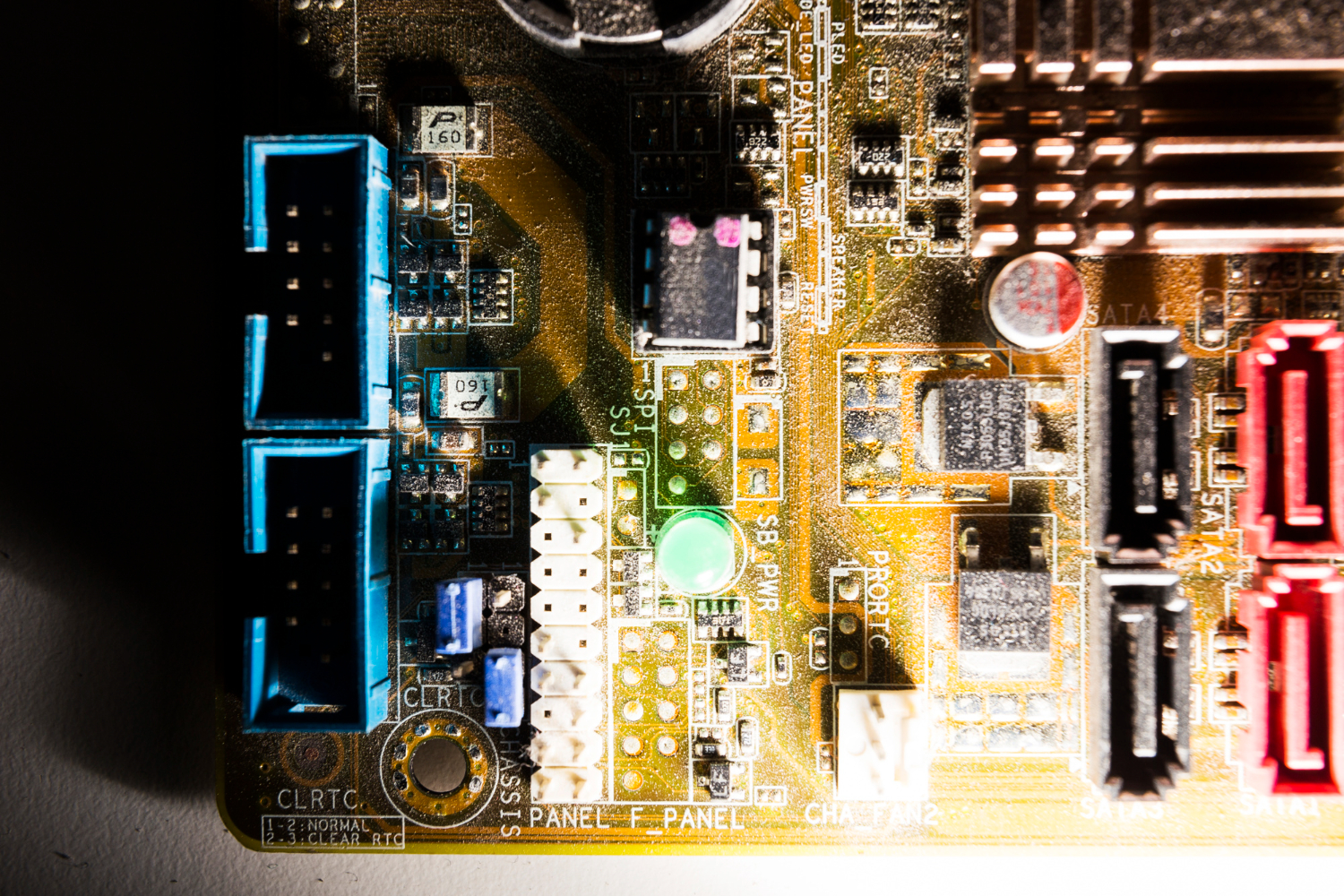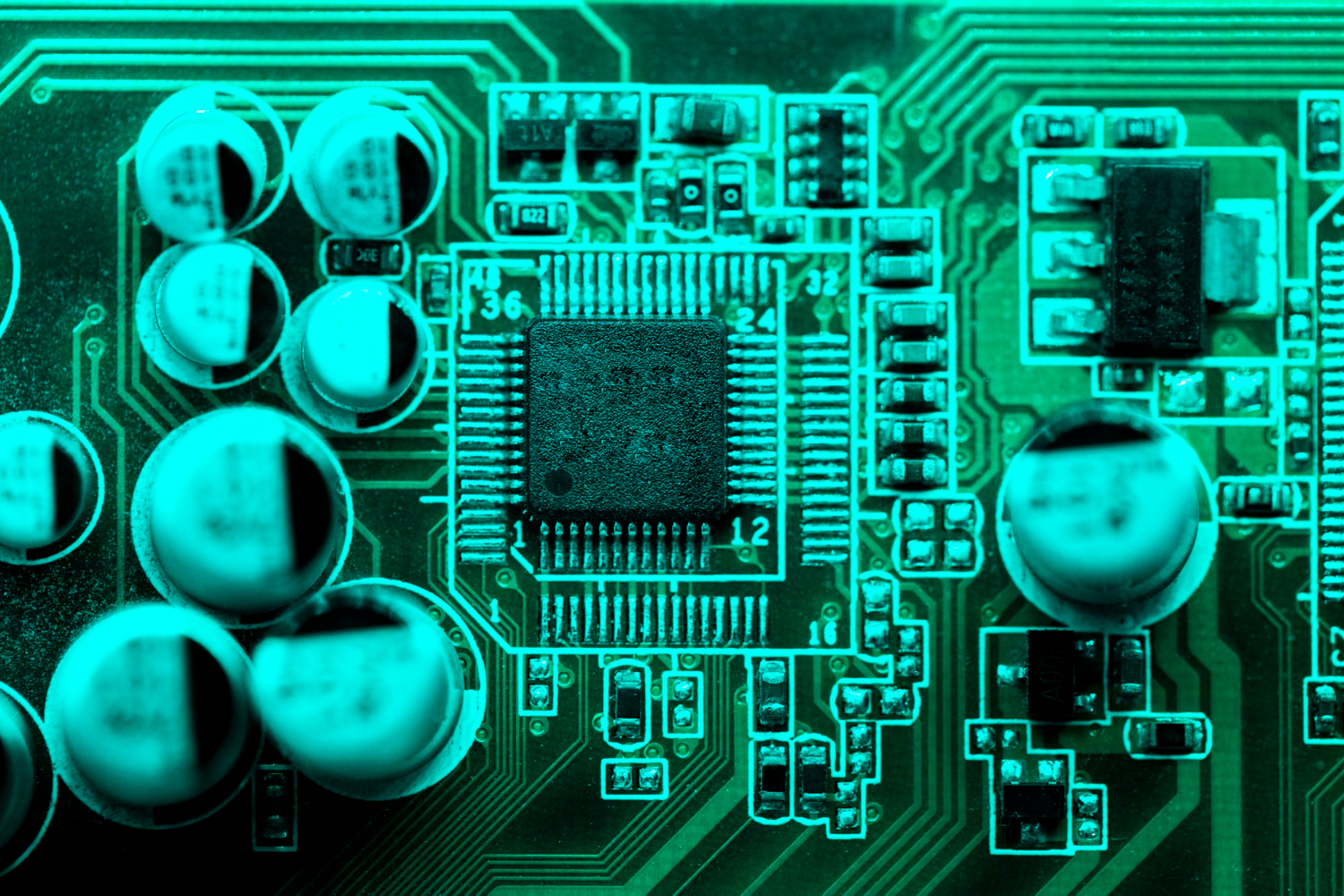Artificial intelligence (AI) is transforming various sectors, from healthcare to finance. It’s important to know the differences between narrow AI and general AI to understand what AI can and can’t do.
This article discusses the distinctions between narrow AI and general AI. It also explains how these technologies are utilised. Additionally, it mentions how TechnoLynx can assist in implementing these technologies.
Understanding Narrow AI
Narrow AI, also known as weak AI, is designed to perform specific tasks. These systems use advanced technology to do things like recognise images, translate languages, and predict future trends. Narrow AI systems are widespread and have various applications across different industries.
Key Features of Narrow AI
-
Specific Tasks: Narrow AI excels in performing particular tasks it was designed for. For instance, a facial recognition system can identify faces in images but cannot drive a car.
-
AI Models: These systems rely on specific AI models tailored to their tasks. They use data to learn and improve their performance over time.
-
Machine Learning: Narrow AI uses neural networks and data processing to make decisions based on patterns.
Examples of Narrow AI
-
Social Media: AI algorithms filter content and recommend posts or ads based on user preferences.
-
Virtual Assistants: Siri and Alexa use narrow AI to understand and respond to voice commands.
-
Recommendation Systems: Netflix and Amazon use narrow AI to suggest movies and products based on viewing and purchasing history.
Understanding General AI
General AI, also known as strong AI or artificial general intelligence (AGI), aims to replicate human cognitive abilities. AGI can understand, learn, and apply knowledge across a wide range of tasks, similar to the human brain. Achieving AGI remains a significant challenge in AI research and development.
Key Features of General AI
-
Wide-Ranging Abilities: AGI can perform any intellectual task that a human can, from problem solving to creative thinking.
-
Human-Like Cognitive Abilities: AGI mimics the cognitive functions of the human brain, including understanding, reasoning, and learning.
-
Flexibility: Unlike narrow AI, AGI is not limited to specific tasks. It can adapt to new situations and learn new skills.
The Quest for AGI
-
AI Research: Scientists and engineers are working to develop AI systems that can achieve AGI. This involves creating more advanced neural networks and machine learning models.
-
Generative AI: This type of AI, which includes large language models like GPT-4, is a step towards AGI. These models can generate human-like text based on the input they receive.
-
Deep Learning: Advanced deep learning techniques are crucial for developing AGI. These methods enable AI to learn from vast amounts of data and improve over time.
Comparing Narrow AI and General AI
Task Performance
-
Narrow AI: Excels at specific tasks but cannot perform outside its predefined scope.
-
General AI: Capable of performing a wide range of tasks with human-like intelligence and flexibility.
Learning and Adaptability
-
Narrow AI: Learns from specific data sets and improves at particular tasks.
-
General AI: Can learn and adapt to new tasks and environments without needing specific training for each task.
Cognitive Abilities
-
Narrow AI: Limited cognitive abilities focused on specific tasks.
-
General AI: Possesses human-like cognitive abilities, including reasoning, problem solving, and creativity.
Current State
-
Narrow AI: Widely used in various applications and industries.
-
General AI: Still under research and development, with significant progress yet to be made before achieving AGI.
Real-World Applications
Narrow AI Applications
-
Healthcare: AI systems assist in diagnosing diseases, analysing medical images, and personalising treatment plans.
-
Finance: AI algorithms detect fraudulent transactions, automate trading, and provide customer service through chatbots.
-
Retail: AI enhances customer experiences through personalised recommendations and inventory management.
Potential AGI Applications
-
Autonomous Vehicles: AGI could drive cars with the same skill and safety as a human driver, handling complex and unpredictable scenarios.
-
Advanced Robotics: AGI-powered robots could perform a wide range of tasks, from household chores to complex surgeries.
-
Scientific Research: AGI could accelerate discoveries in fields like physics, biology, and chemistry by analysing vast amounts of data and generating new hypotheses.
The Path to Achieving AGI
Challenges
-
Technical Complexity: Developing AGI requires solving complex technical problems related to machine learning, neural networks, and cognitive science.
-
Ethical Considerations: Ensuring that AGI systems are ethical, safe, and aligned with human values is crucial.
-
Resource Intensive: Building AGI requires significant computational resources and data.
Current Progress
-
Generative AI Models: Models like GPT-4 demonstrate the potential of AI to understand and generate human-like text, moving closer to AGI capabilities.
-
AI Research: Ongoing research aims to create more advanced AI systems that can perform a broader range of tasks with human-like intelligence.
How TechnoLynx Can Help
Custom AI Solutions
At TechnoLynx, we specialise in developing custom AI solutions tailored to your business needs. If you need AI systems for specific tasks or want to learn more about AGI, we can assist you.
AI Consulting
Our AI consulting services provide expert guidance on implementing AI technologies. We can help you understand the benefits and limitations of narrow AI and AGI. We can also assist in developing strategies for implementing these technologies in your business.
Research and Development
TechnoLynx is at the forefront of AI research and development. We collaborate with leading researchers and institutions to advance AI technologies and explore the possibilities of AGI.
Training and Support
We offer comprehensive training and support to ensure your team can effectively use AI systems. From data scientists to software engineers, we equip your team with the skills needed to leverage AI technologies.
Conclusion
Understanding the difference between narrow AI and general AI is essential for grasping the capabilities and limitations of AI technologies. Narrow AI excels at specific tasks and is widely used across various industries, while general AI aims to replicate human cognitive abilities and perform a wide range of tasks. Although achieving AGI remains a challenge, ongoing research and development are making significant strides towards this goal.
TechnoLynx is committed to helping businesses navigate the AI landscape. Our custom AI solutions, consulting services, and research and development efforts ensure that you can leverage the power of AI to achieve your business objectives. By partnering with TechnoLynx, you can stay ahead of the curve and unlock the potential of both narrow AI and AGI.
Image credits: Freepik

